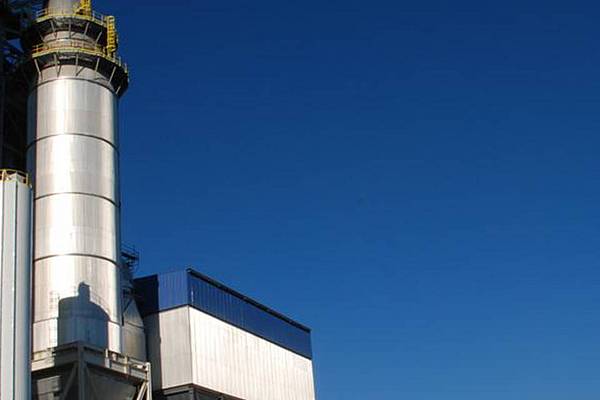What is the Sorption Process?
Both adsorption and absorption are known by a common name Sorption.
The process in which a substance of one state gets incorporated into another substance of a different state removed, is known as Absorption (e.g., solids absorbing a liquid or water absorbing a gas).
Adsorption is the process in which ions and molecules bond with each other on the surface of another molecule. For cleanup purposes, it is the most common form of the sorption process.
Almost all sorption technologies act like a filter or a sponge, as they soak up pollutants until they run out of surface area. They are an addition to Pump and Treat systems in remediation processes as they help in cleanup and spill containment in the subsurface. Desorption is the reverse of the sorption process.
By using Fick’s laws of diffusion, the absorption and adsorption rate of a diluted solute in liquid or gas solution to an interface or surface is measured.
Based on the sorptive process, cross-flow packed bed filter systems Sorpt.X SQ are used to purify hot exhaust gas flows. The adsorbent utilized for the process is bulk material. This is usually a limestone, which is an affordable but highly efficacious adsorbent to control air pollution.
Benefits of Sorpt.X SQ
·Limestone is easily disposable and cost-effective
·Long life span and strong design
·Less pressure loss
·Completed wired and pre-assembled units
·Minimal maintenance
·Worldwide shipping
·Efficacious use of the granulate with patented cascades
Operating principle of Sorpt.X SQ
At right angles to the filter surface, the exhaust gas passes through individual filter modules of the Sorpt.X SQ cross-flow packed bed filter system. Bound to the granulate, the pollutants are chemically transformed. This helps in the removal of pollutants from the exhaust gas, but some of the dust remains trapped in the filters.
The used granulate is removed from the filter module with the help of discharge rollers located at the base of the cascade, which also ensures that the exhaust gas always passes through fresh adsorbent granulate. From the container positioned above the filter module, fresh granulates automatically slide down.
Depending on the quality of pollutants present in the exhaust air, the amount of granulates removed is determined. During the commissioning process, for one cycle of the discharge rollers, the amount of granulates is set.
Application areas Sorpt.X SQ
Dürr Air Pollution Control Solution India developed Sorpt.X SQ cross-flow packed bed filter systems, which are used for cleaning hot exhaust gases released by ceramic kilns, for instance, and are found in the waste treatment, chemical and recycling industries.
·Chemical Industry
·Ceramic Industry
·Waste Treatment & Recycling
Technical specifications of Sorpt.X SQ
Up to a temperature of 300°C, exhaust gases produced by ceramic kilns are purified with the help of Sorpt.X SQ cross-flow packed bed filter systems. Gaseous hydrogen fluoride, which is adsorbed by limestone granulate, are removed by Sorpt.X SQ. Dust is extracted from exhaust gas by these cross-flow packed bed filter systems. In the clean gas, a hydrogen fluoride level of < 3 mg/Nm³ is attained by these systems. To produce minimal levels of pollutant in the purified gas, the filter configuration can be altered.
By filling the cross-flow packed bed filter with specific adsorbents, this type of filter can be used to separate the following pollutants in some special cases:
·Heavy metals
·Sulfur trioxide, sulfur dioxide (SO3/SO2)
·Hydrocarbons
·Hydrogen chloride (HCl)
·Dioxins
Construction of Sorpt.X SQ
In India, Dürr Air Pollution Control Solution providesSorpt.X SQ cross-flow packed bed filters, which are built with heat-resistant or normal steel and have a robust and compact design. They contain upright filter layers filled with absorbent or adsorbent substances. In one or more vertical filter modules (cascades), these upright filter layers are arranged inside the filter parallel to one another.



